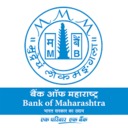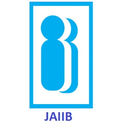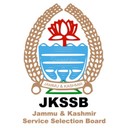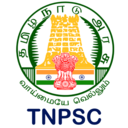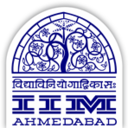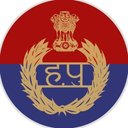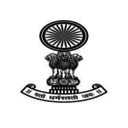Ten persons- P, Q, R, S, T, U, V, W, X and Y are purchasing some products one after another but not necessarily in the same order.
Only R and S purchase products after V.
| Case 1 | Case 2 |
| Person | Person |
| |
| |
| |
| |
| |
| |
| |
| V | V |
| R | S |
| S | R |
Three persons purchase product between S and Q.
| Case 1 | Case 2 |
| Person | Person |
| |
| |
| |
| |
| Q |
| Q | |
| |
| V | V |
| R | S |
| S | R |
Only one person purchases product between Q and W.
As persons purchase product before W as after P.
| Case 1 | Case 2 |
| Person | Person |
| |
| |
| |
| W | P |
| Q |
| Q | |
| P | W |
| V | V |
| R | S |
| S | R |
Two persons purchase product between P and T.
Thus, Case 1 gets cancelled.
Two persons purchase products between U and X.
X does not purchase products before P.
Now, only Y is remaining.
This is the final arrangement.
Three persons purchase product after W, who purchase product immediately before V.
 Study Notes
Study Notes Mock Tests
Mock Tests Previous Year Papers
Previous Year Papers Category
Category











